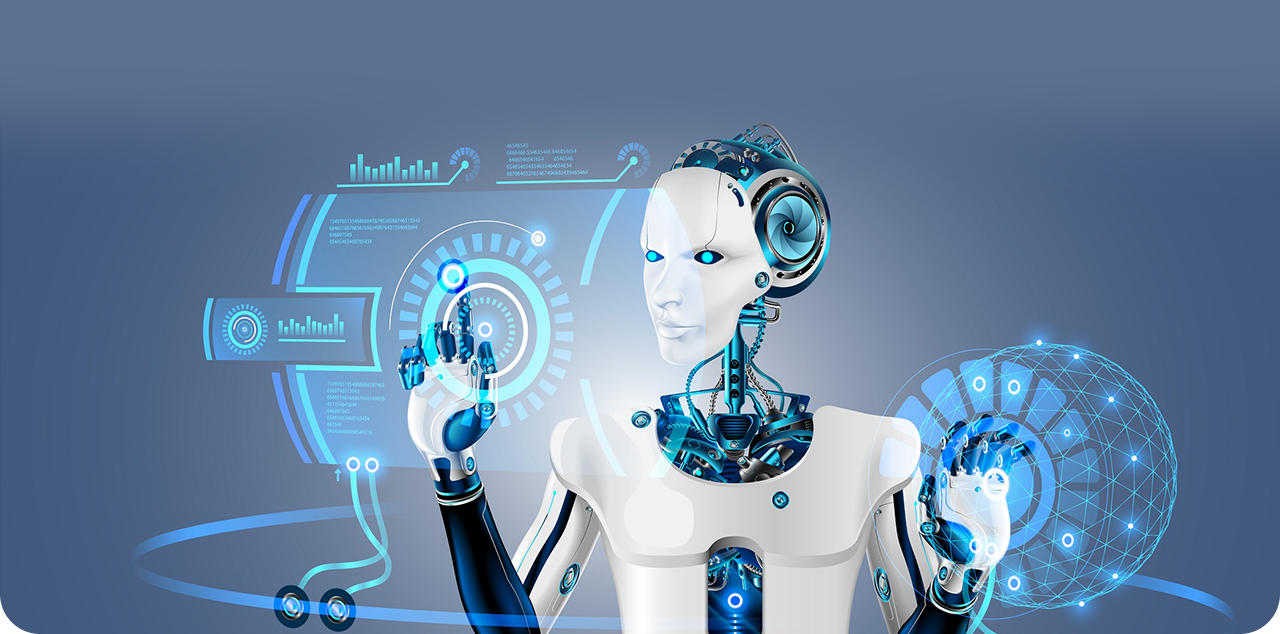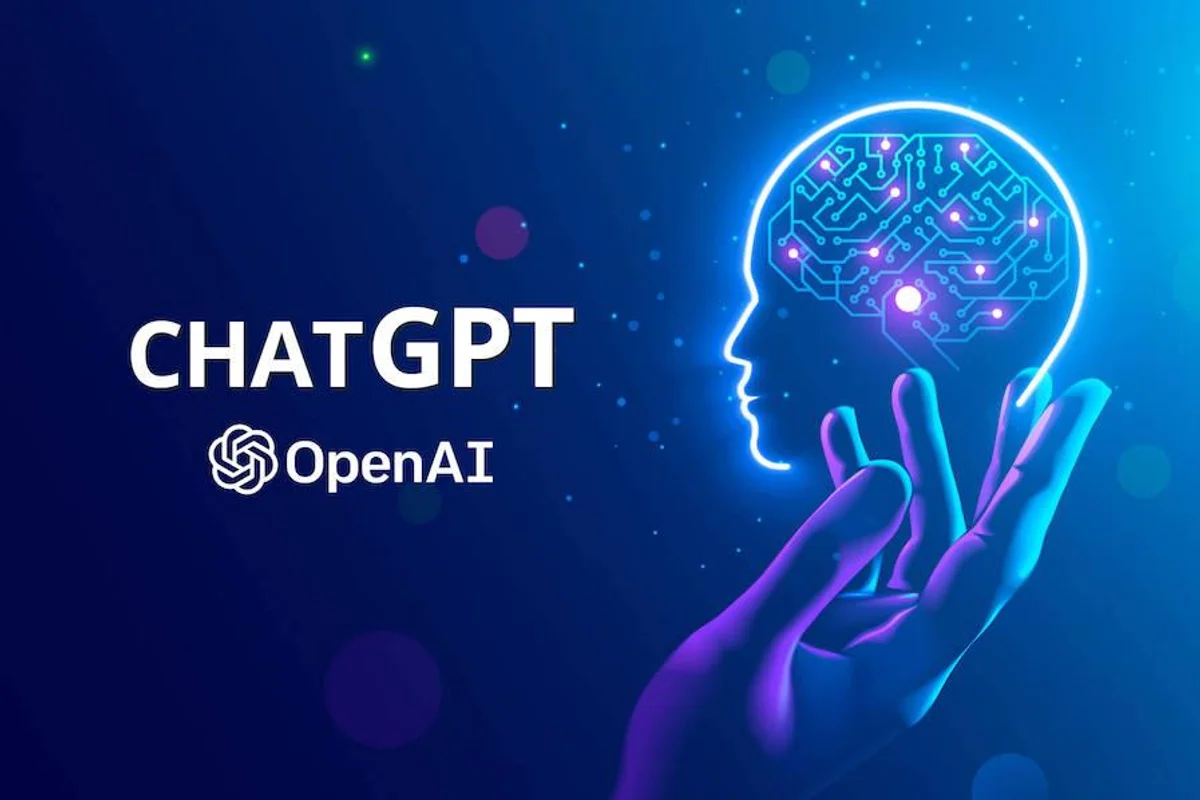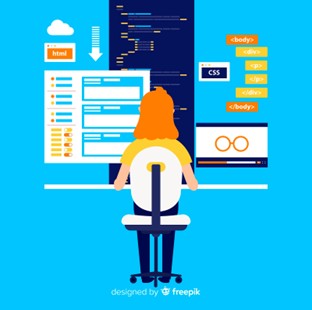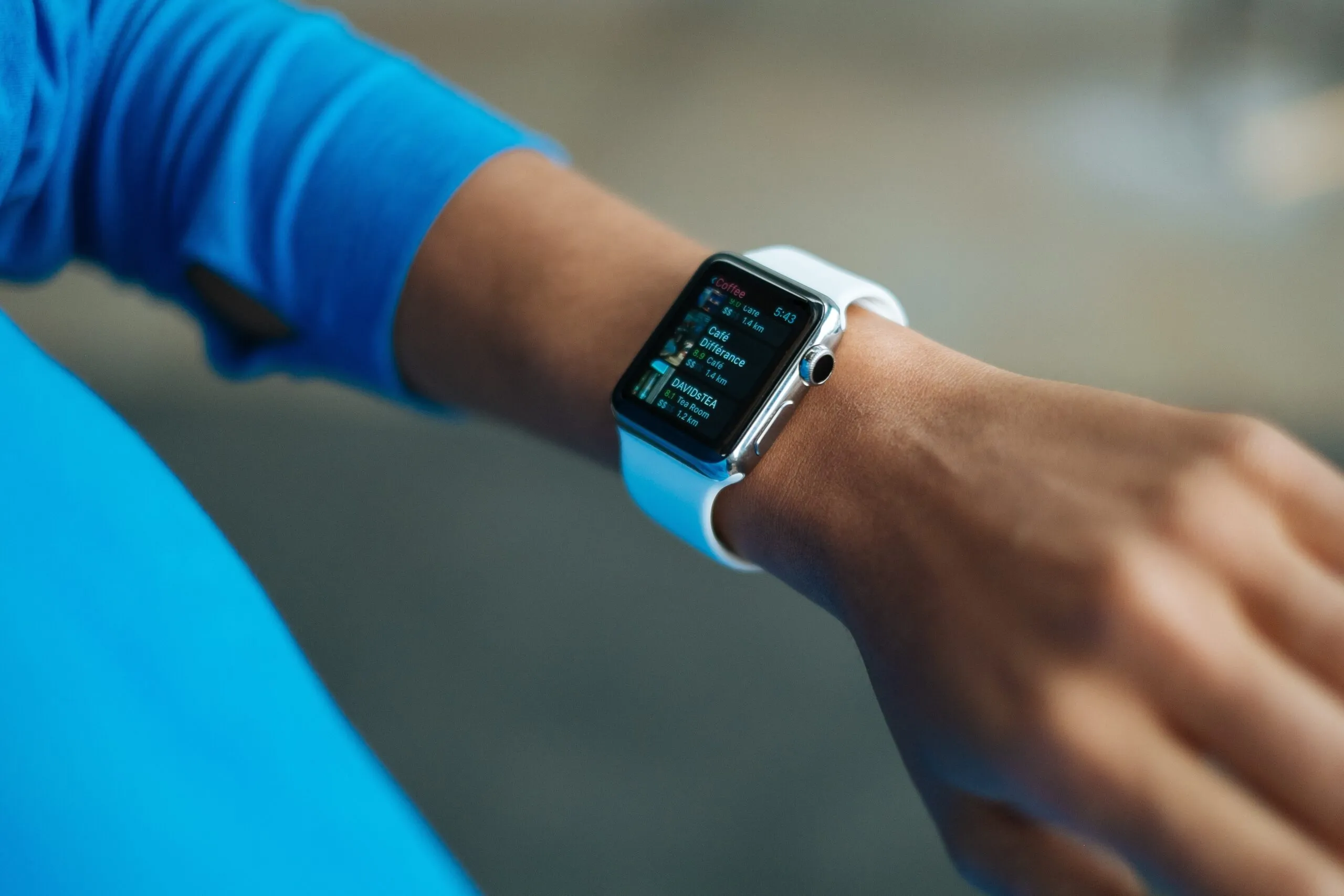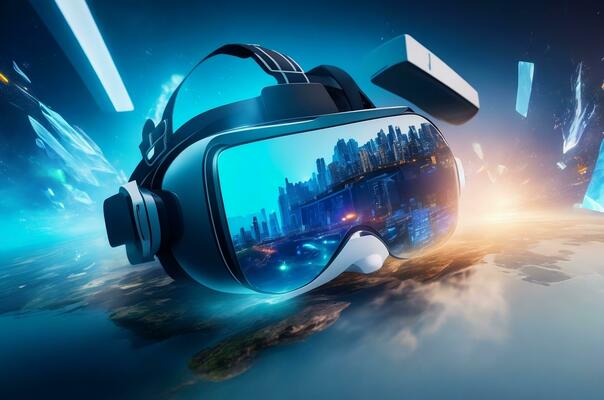Artificial Intelligence (AI) has emerged as a game-changer in the realm of automation, revolutionizing how businesses streamline operations, enhance productivity, and drive innovation. From predictive analytics and robotic process automation (RPA) to natural language processing and machine learning algorithms, AI-driven automation offers unprecedented opportunities to optimize workflows, reduce costs, and unlock new levels of efficiency. In this article, we’ll explore the transformative impact of AI-driven automation and its role in shaping the future of work.
The Evolution of AI-Driven Automation
AI-driven automation refers to the use of artificial intelligence technologies to automate tasks, processes, and decision-making traditionally performed by humans. What began as rudimentary automation has evolved into sophisticated AI systems capable of understanding, learning, and adapting to dynamic environments. Today, AI-driven automation is deployed across various industries, from manufacturing and finance to healthcare and retail, driving operational efficiency and driving business growth.
Key Components of AI-Driven Automation
Predictive Analytics
Predictive analytics leverages AI algorithms to analyze historical data, identify patterns, and predict future outcomes or trends. By uncovering insights and forecasting demand, predictive analytics enables businesses to make data-driven decisions, optimize resource allocation, and mitigate risks proactively.
Robotic Process Automation (RPA)
Robotic Process Automation (RPA) automates repetitive and rule-based tasks using software robots or “bots.” These bots mimic human interactions with digital systems, such as entering data, processing transactions, and generating reports, thereby freeing up human employees to focus on higher-value activities that require creativity and critical thinking.
Natural Language Processing (NLP)
Natural Language Processing (NLP) enables computers to understand, interpret, and generate human language in a meaningful way. NLP powers virtual assistants, chatbots, and voice recognition systems that facilitate natural and intuitive interactions between humans and machines, improving customer service, and enhancing user experiences.
Machine Learning (ML)
Machine Learning (ML) algorithms enable computers to learn from data, identify patterns, and make predictions or decisions without explicit programming. ML algorithms power recommendation engines, fraud detection systems, and autonomous vehicles, continuously improving performance and adapting to changing circumstances.
Applications of AI-Driven Automation
Intelligent Manufacturing
In manufacturing, AI-driven automation optimizes production processes, enhances quality control, and enables predictive maintenance. AI-powered robots and cobots collaborate with human workers to perform complex tasks with precision and efficiency, leading to higher productivity, lower costs, and faster time-to-market for products.
Financial Services
In the financial services industry, AI-driven automation revolutionizes customer service, risk management, and fraud detection. Chatbots and virtual assistants provide personalized financial advice and support, while predictive analytics algorithms identify suspicious activities and prevent fraudulent transactions in real-time, safeguarding assets and enhancing security.
Healthcare
In healthcare, AI-driven automation improves patient care, diagnosis, and treatment outcomes. AI-powered medical imaging systems assist radiologists in detecting anomalies and diagnosing diseases with greater accuracy, while predictive analytics models identify patients at risk of developing chronic conditions, enabling proactive interventions and personalized care plans.
E-Commerce and Retail
In e-commerce and retail, AI-driven automation enhances the shopping experience, personalizes recommendations, and optimizes supply chain management. Recommendation engines analyze customer behavior and preferences to deliver targeted product recommendations, while AI-powered logistics systems optimize inventory management, reduce shipping costs, and minimize delivery times.
Conclusion
AI-driven automation holds immense potential to transform industries, redefine workflows, and drive business innovation. By harnessing the power of predictive analytics, robotic process automation, natural language processing, and machine learning, organizations can unlock new levels of efficiency, agility, and competitiveness in the digital age. As AI continues to evolve and advance, the possibilities for AI-driven automation are limitless, shaping the future of work and redefining how businesses operate in the 21st century.

